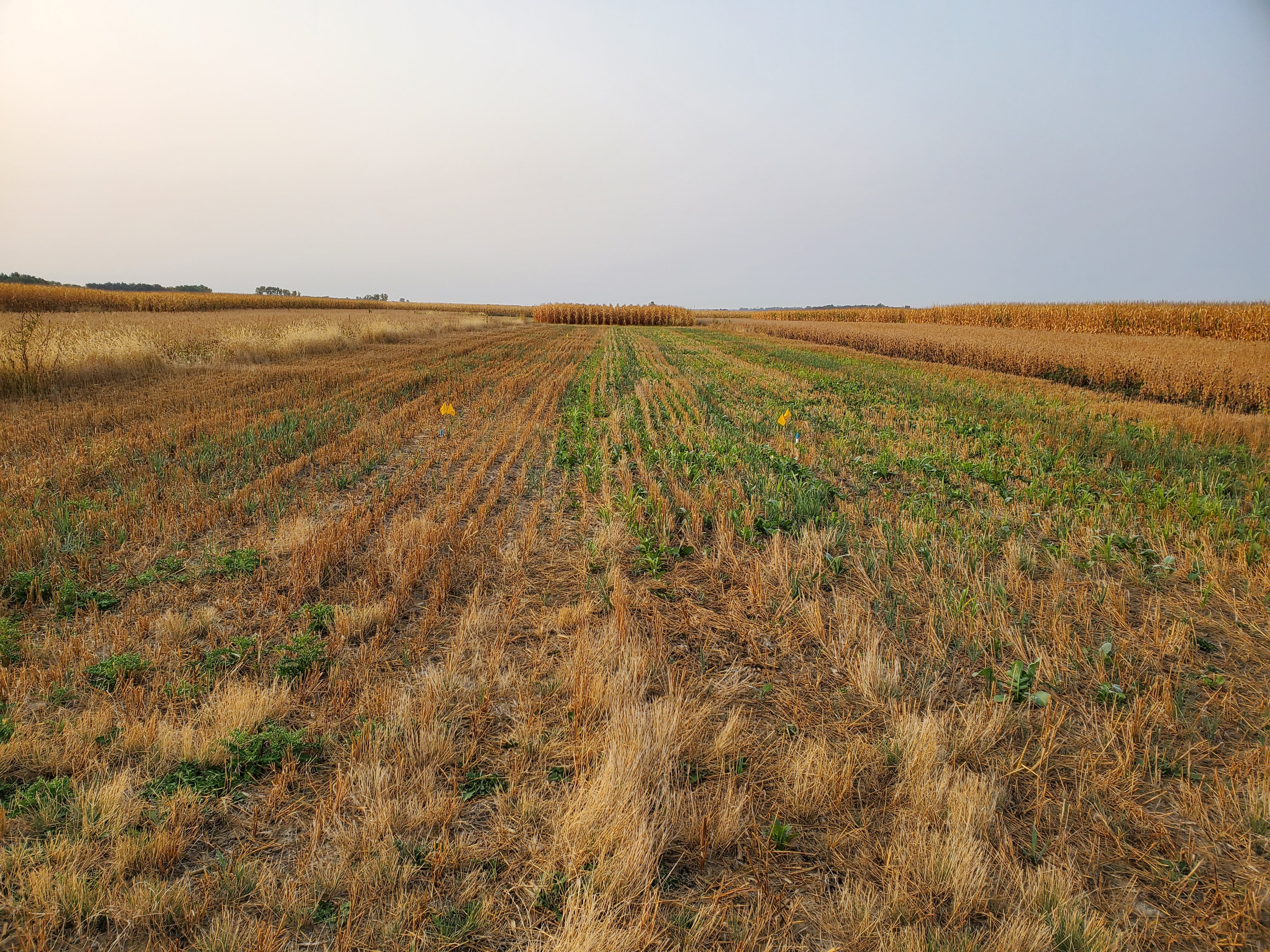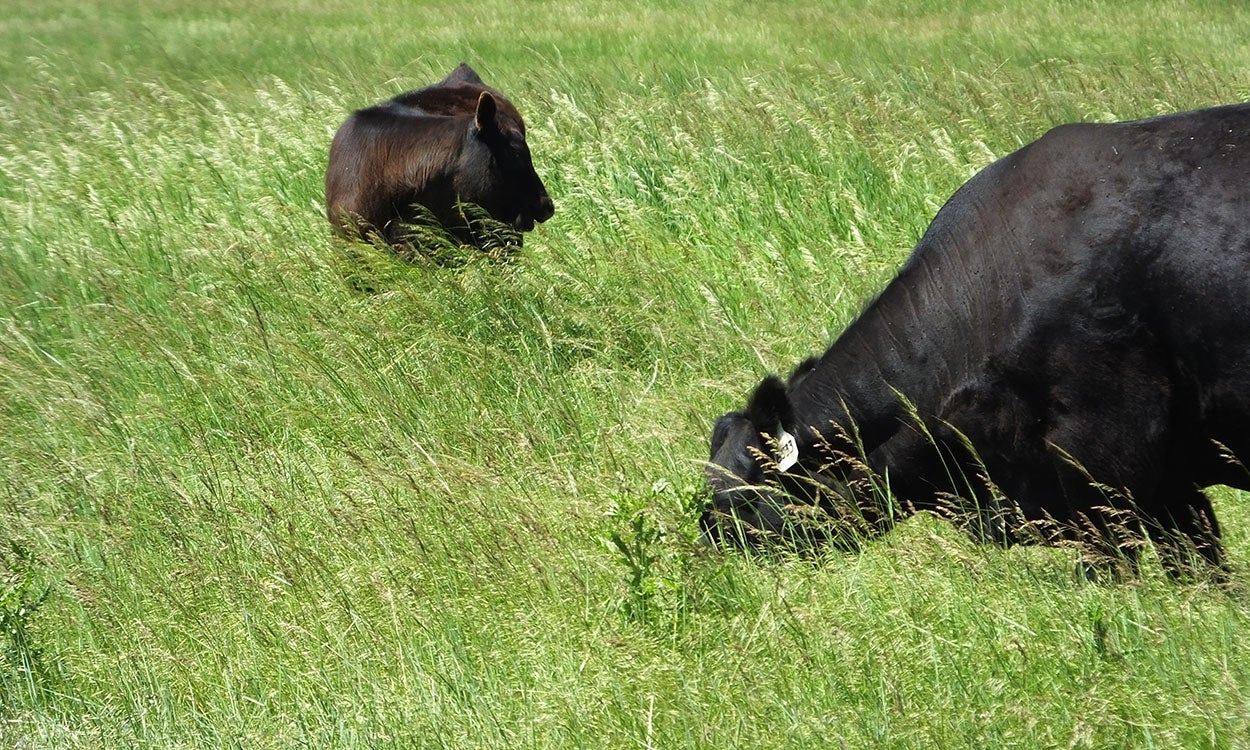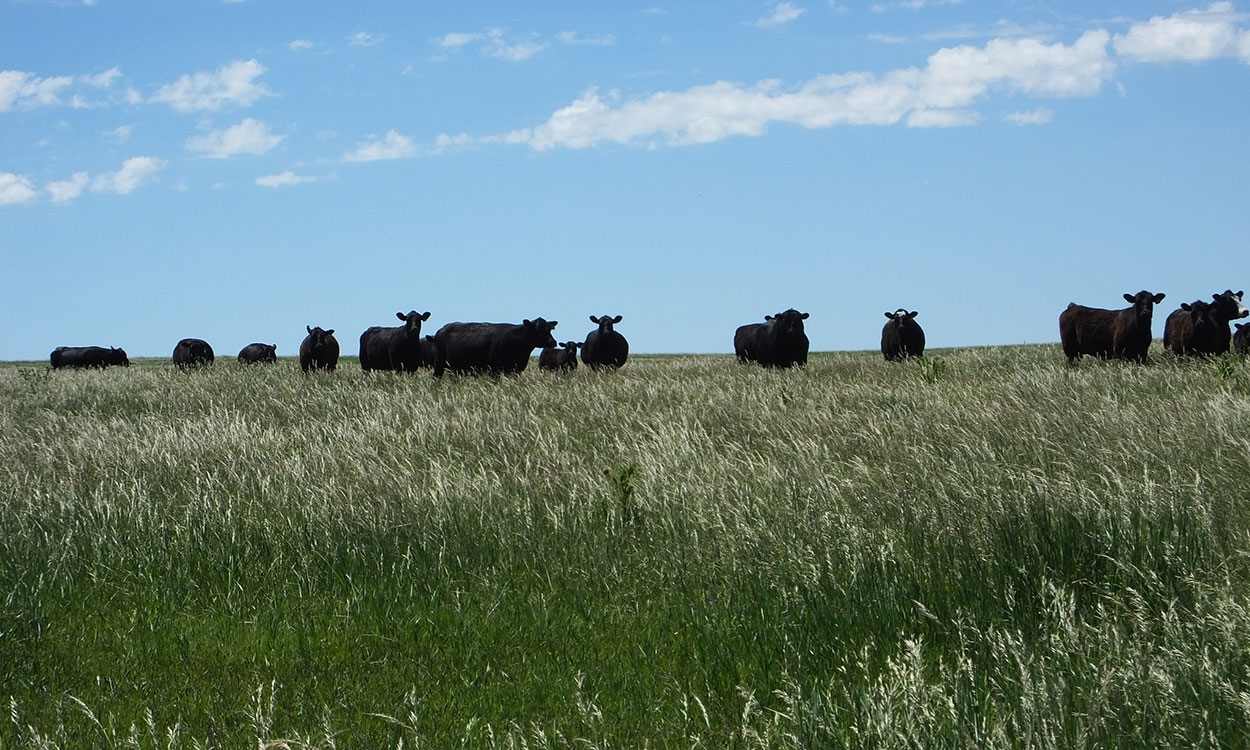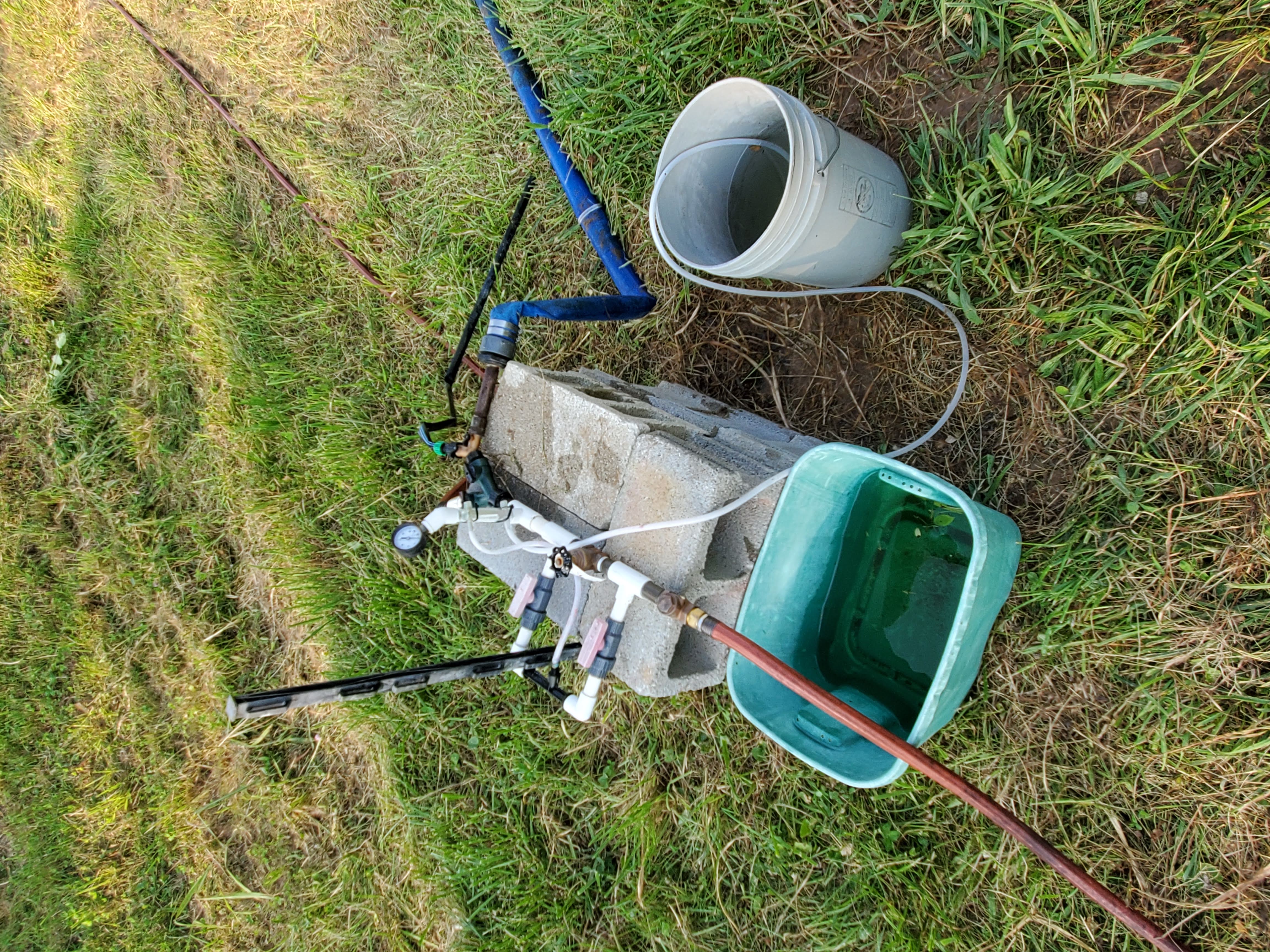Search

Considerations for Grazing Standing Corn
Grazing standing corn is a viable option to supply nutrients to livestock. However, mitigating risk is critical to ensure healthy animals and optimize crops.

Managing Water with Soil Health
If we are seeing so many benefits to drainage and soil health systems, why isn’t everybody doing it? Can we see a win-win-win situation when looking at habitat, agronomy, and water quality in a system?

How to Make a Safe, Ready-to-Eat Cookie Dough
Ready-to-eat cookie dough is a delicious snack or dessert that can be enjoyed, but only when made safely. This includes using commercially processed heat-treated flour, ready-to-eat ingredients and using good sanitary practices when making the cookie dough.

Grass-Fed Beef: Understanding Terminology in Conventionally Raised Beef and Grass-Fed Beef
What makes grass-fed beef different from conventionally raised beef? This is perhaps the most-common and sometimes most-complex question that arises amongst those hoping to understand the similarities and differences between conventional and grass-fed beef.

Grass-Fed Beef: Market Share of Grass-Fed Beef
So, how significant is the grass-fed beef industry in America? About four percent of U.S. beef retail and food service sales is comprised by grass-fed beef with a value of roughly $4 billion.

Grass-Fed Beef: Production Costs, Quality, Voluntary Certifications and Marketing
Generally speaking, grass-fed beef producers are challenged with production expenses that are greater than those of conventionally raised beef. However, profit margins can be greater than those of conventionally raised beef if marketed wisely and creatively.

SDSU Extension Welcomes Anna Barr as Farm to School Specialist
July 12, 2021
A native of Newton, Iowa, Anna Barr brings broad expertise to the position as Extension’s first Farm to School Nutrition Field Specialist.

Qualifying Livestock Forage Program Applications
As drought conditions worsen, livestock producers will find feed assistance from the Livestock Forage Program administered by the U.S. Department of Agriculture Farm Service Agency. Learn how to qualify, apply and certify your application for assistance.

Subsurface Drip Irrigation: Increased Efficiency for Irrigation and Nutrient Delivery
Subsurface drip irrigation maintenance, lifespan, and cost, the variables that can impact subsurface drip irrigation design.

Constructed Wetlands: Engineering Nature’s Filter
How do constructed wetlands emulate the natural process of a wetland? In what ways do the different designs of a constructed wetland have to meet the needs of the area?